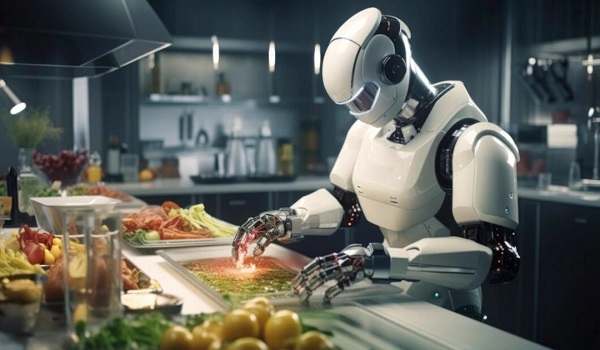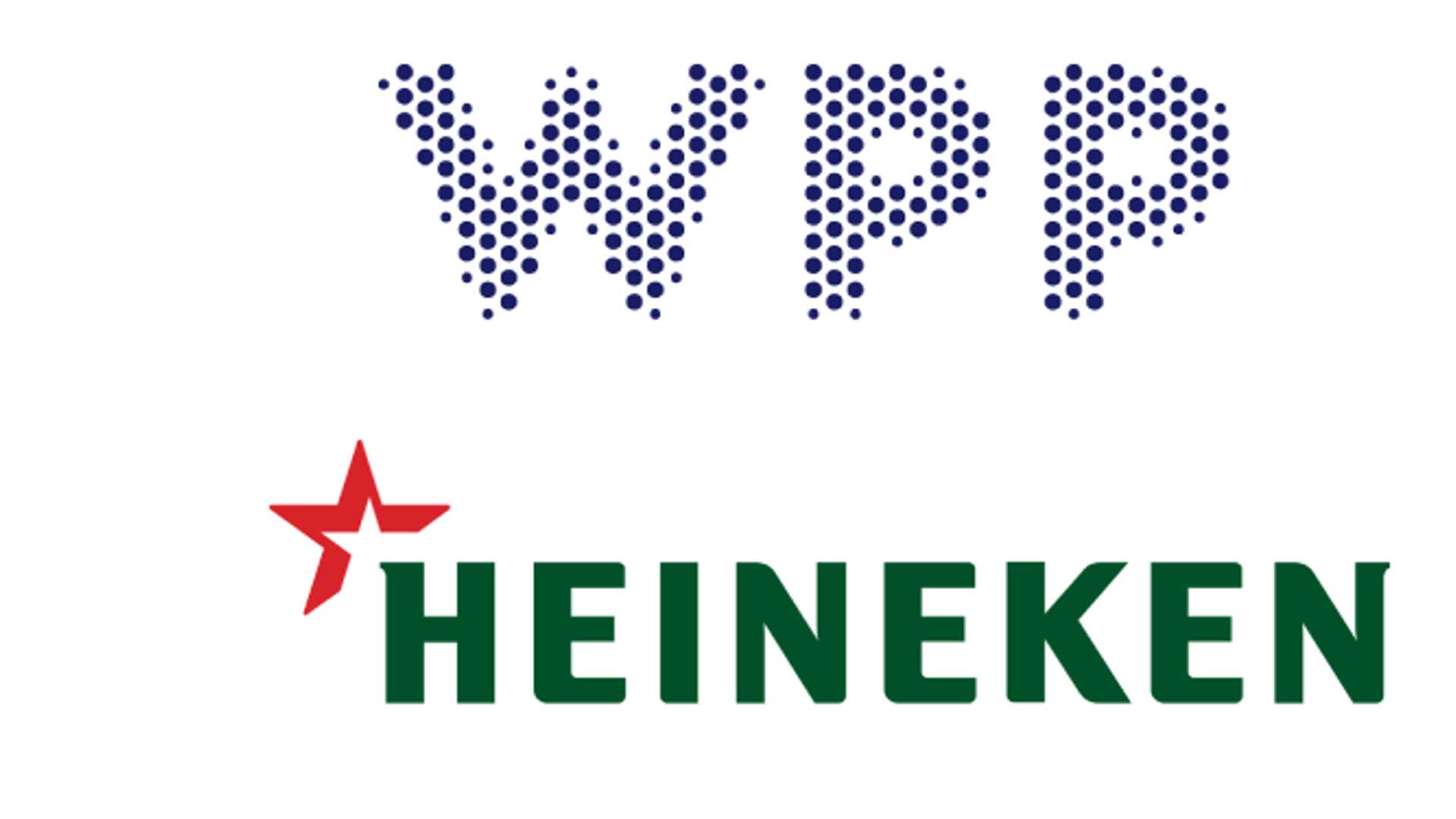Brownie Points for ChatGPT's Food Analysis Skills | Newswise
In a recent study conducted by the University of Illinois Urbana-Champaign, AI technology is showcased in a new light. The study investigates how ChatGPT can revolutionize the sensory evaluation of foods, with a specific focus on everyone's favorite treat - brownies. By leveraging AI capabilities, the research offers valuable insights that could potentially streamline product development processes and even enhance recipes in the future.
The Role of AI in Food Evaluation
While most people would eagerly volunteer to taste-test chocolatey delights, the food industry's approach to sensory evaluation is a meticulous and resource-intensive procedure. Typically, companies rely on trained human testers and consumer panels to assess critical aspects like flavor, texture, and overall appeal before introducing new products to the market.
According to Damir Torrico, an assistant professor at the Department of Food Science and Human Nutrition, utilizing large language models like ChatGPT for sensory evaluation purposes could offer significant advantages. These models have the potential to replicate human responses effectively, thus expediting the evaluation process.

Experiment Details
The study led by Torrico involved fifteen distinct brownie recipes, ranging from conventional ingredients to unconventional additions like mealworm powder and fish oil. By providing ChatGPT with recipe formulations, Torrico tasked the AI with describing the sensory attributes of each brownie, including factors like taste, texture, and overall satisfaction. The subsequent analysis categorized ChatGPT's responses as positive, negative, or neutral.
Surprisingly, ChatGPT's feedback was predominantly positive, even for recipes featuring unconventional elements. This optimistic outlook aligns with the concept of hedonic asymmetry, where individuals (and AI systems) tend to perceive beneficial stimuli more positively. Torrico explains that food plays a crucial role in providing nourishment and energy, leading humans to naturally respond positively to it.
Potential Benefits and Future Implications
Despite the need to address issues like hedonic asymmetry, the study demonstrates the significant potential of integrating AI into food development processes. ChatGPT could serve as a valuable screening tool, assisting food scientists in shortlisting recipe options before subjecting them to consumer panels, ultimately saving both time and resources for the industry.

Looking ahead, Torrico envisions refining the experiment further by training ChatGPT to articulate responses in a manner akin to human descriptive panels. The study, titled "The Potential Use of ChatGPT as a Sensory Evaluator of Chocolate Brownies: A Brief Case Study," is published in Foods [DOI: 10.3390/foods14030464].

Journalists and food enthusiasts interested in delving deeper into the study can access the full research article here.




















